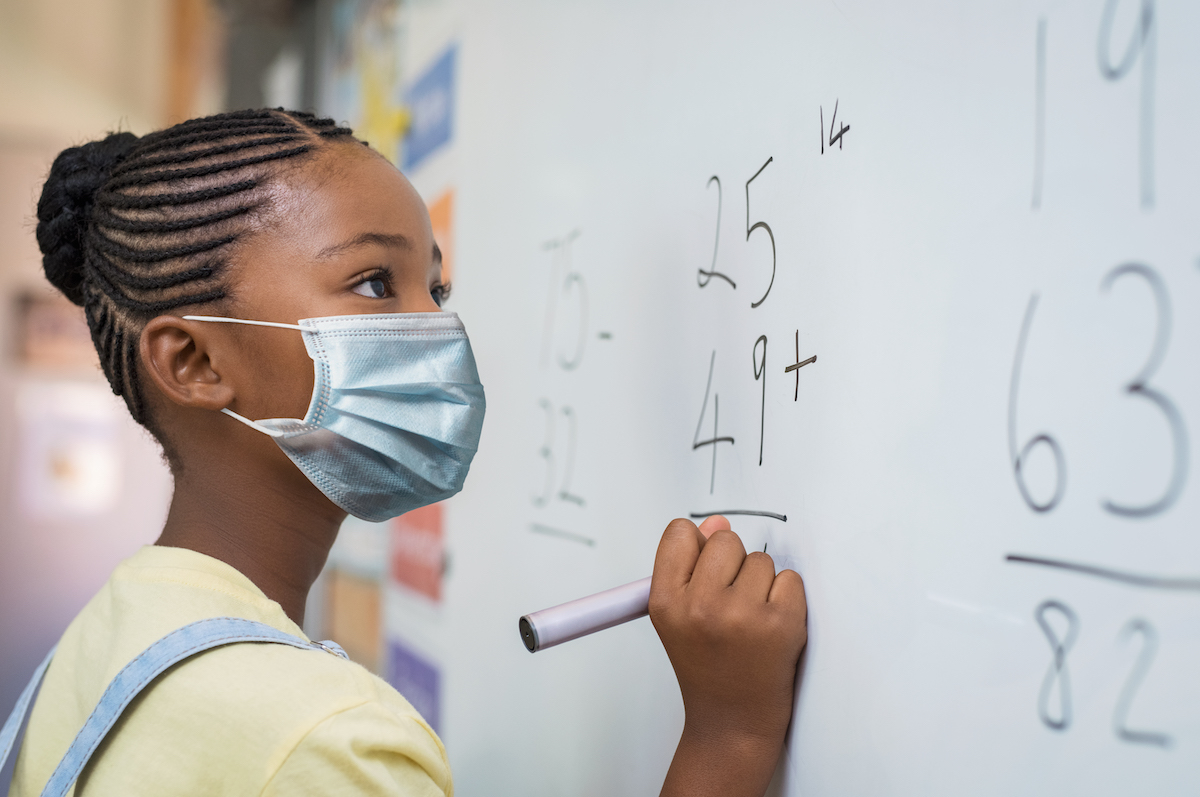While the State of Florida prepares for Alyssa's Law, beginning in the 2021-2022 school year, there are many pressing issues requiring immediate attention. A top priority to schools across the country is bringing students and staff back to school safely and efficiently while addressing the Mental/Behavioral Health Crisis.
For those of you with the foresight to act quickly, the federal and state governments are providing schools and communities with the means to bring all your safety systems inline, under a single platform that can address the current threats to our safety and allow for the expansion of the platform for the issues that present themselves today from Covid-19 challenges and risks to all crisis risks in the future. CrisisGo has also created an e-book designed to share best practices and thought leadership on these issues. Below are excerpts from Is the Pandemic the Catalyst for Better School Safety? To receive the full report click here.
As we are all aware, school safety looks completely different today than it did in March of 2020. However, many of the overall safety concerns and practices will be, fundamentally, the same, but there are some added complexities to the safety equation. If we boil this down to what we are trying to accomplish, it is about getting your students and staff to school safely, creating a climate where they feel safe and are supported, and should there be an incident at school; we must be sure we can return everyone home safely.
While this is an over-simplified version of what we are all doing, there are many components to accomplishing all that is necessary; managing concerning behavior and discipline issues, preventing bullying (physical and cyber), providing a means to return students and staff safely, contact tracing and data collection; provide one place for safety plans, drills, and alerts, rostering (accounting for students and staff), managing an emergency, reunifications of students and staff with their families after an emergency, etc. Providing accurate data and actionable/decision quality information is needed to keep your schools and workplaces safe during and after a Pandemic.
Fortunately, The US Department of Education (DOE) provides funding through the Elementary and Secondary School Relief Fund (ESSER II) and the Governor's Emergency Education Relief Fund (GEER II) for a response to and recovery from COVID – 19. This funding is available now, and future funding is currently under consideration. The aspects covered for the response and recovery under ESSER II and GEER II include but are not limited to the areas given below. Also, see your state's modifications or additions to this general list:
- Coordinate preparedness and response efforts of LEA with the state, local, tribal, and territorial public health departments, and other relevant agencies to prevent, prepare for and respond to COVID-19.
- Develop and implement procedures and systems to improve preparedness and response efforts of LEA
- Planning for and coordinating during long-term closures (meals, technology, IDEA, and other educational services provided consistent with Federal, state, local (requirements).
- FTE Support Services: Non-instructional
- Support Services: Purchased Services Software/License
- Provide mental health services and supports
- Safety Purchased Services: School Safety Hotline (reporting), Nationwide background check for LEA employees.
- Develop and implement procedures and systems to improve the preparedness and response efforts of LEA
- Provide principals and other school leaders with resources necessary to address their individual schools' needs.
- Other activities necessary to maintain the operations and continuity of services in the LEA and continuing to employ an existing staff of the LEA
During the initial stages of the pandemic, the federal government offered funds to assist with managing the response to the pandemic, The CARES Act. As we move deeper into the pandemic, we see funding at a level we have likely never seen before. The funding scope has been expanded to include almost all things safety-related. While at the time of this document's writing, the actual numbers and scope are still not yet fully understood. There will likely be funding more than $1000.00 per student to address bringing students and staff back to school as "safely" as possible; your state already has the allocated numbers for all states given by the federal government, so you need to look for how your states have further allocated those funds to the districts. This presents a unique opportunity for schools to bring their current safety measures into the best possible position it has ever seen. This does not mean that it will be effortless, but it does mean that we can position our platforms to serve better our actual safety needs, efficiencies, and effectiveness.
To receive the full report on “Is the Pandemic the Catalyst for Better School Safety?”, click here.
Learn more about CrisisGo.












No Comments Yet
Let us know what you think